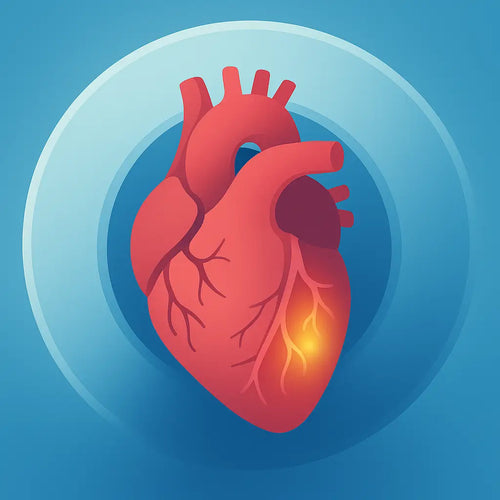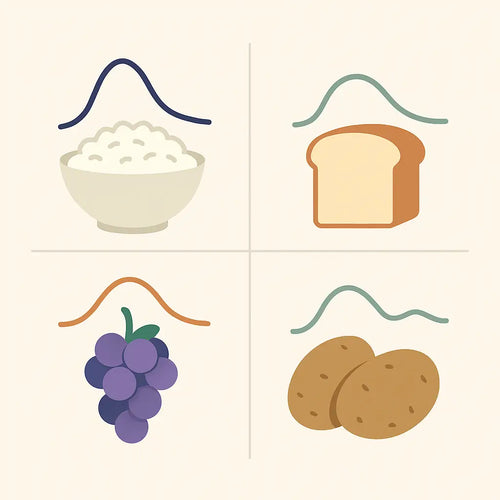The importance of magnesium for bone health has been known for many years.
When a group of menopausal women were given magnesium for 2 years, it prevented fractures and resulted in a significant increase in bone density (Sojka JE, Weaver CM, 1995).
A newer study, including 73,684 postmenopausal women, found that lower magnesium intake was associated with lower bone mineral density of the hip and the whole body (Orchard TS, et al. 2014).
Calcium is not the only nutrient important for bone formation.
Actually, you don’t need to supplement with huge amounts of calcium because that will not help you, it may, instead, harm you.
Several other minerals are also important, especially magnesium.
A 50 mg per day increment of magnesium intake was associated with 22% lower coronary artery calcification, and the odds of having any coronary artery calcification were 58% lower in those with the highest intake compared with the lowest intake of magnesium (Hruby A, et al. 2014).
You don’t want calcification of your arteries , so don’t only take calcium, you need the other minerals also.
When a group of older postmenopausal women taking 1000 mg of calcium were compared with a group taking the calcium and also zinc, copper and manganese and another group only taking the zinc, copper and manganese, the only significant group difference for bone loss occurred between the placebo group and the group taking calcium, zinc, copper and manganese (Strause L, et al. 1994).
Not only have these minerals been documented to support bone formation, but they are also important to help keep the cartilage in your joints healthy.
You also need adequate vitamin D to keep your bones healthy (Holick MF, 2004).
The BMJ formula
To help you maintain healthy bones and cartilage










